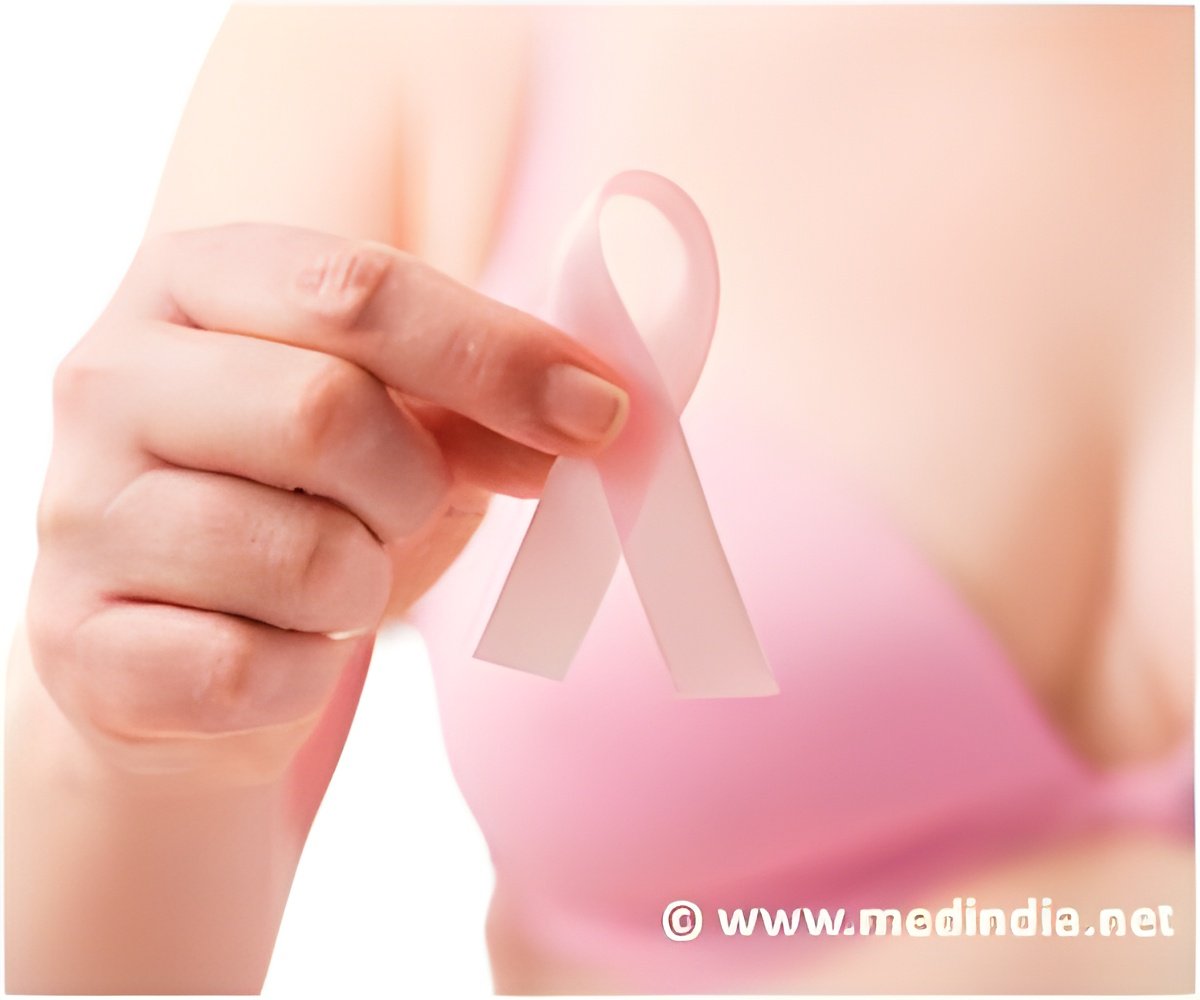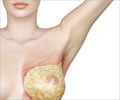
‘Women who exercise shortly after having non-reconstructive breast cancer surgery appear to regain better shoulder and arm mobility and experience less pain than those who receive standard care.’
Tweet it Now
Shoulder and arm problems are common after breast cancer treatment, with up to one third of women experiencing restricted shoulder movement, chronic pain or swelling (lymphoedema) in the armpit area, which limits quality of life and delays recovery. In the UK, guidelines recommend gradual reintroduction of exercise after non-reconstructive breast surgery, but there is a lack of good evidence about the ideal timing, intensity, safety or impact of postoperative muscle strengthening.
To address this uncertainty, the researchers conducted a trial to evaluate whether a structured exercise programme improved functional and health related quality of life compared with usual care for women at high risk of upper limb disability after breast cancer surgery.
Their findings are based on 392 women (average age 58 years) undergoing breast cancer surgery at 17 NHS cancer centres who were at risk of postoperative upper limb problems.
Women were randomised into two equal groups. Half received usual care (information leaflets) with structured exercise and the other half just received usual care.
Advertisement
One year after surgery, the women were asked to complete a detailed questionnaire and the researchers measured outcomes such as activity levels, pain, swelling, and quality of life.
Advertisement
Results gathered between January 2016 and July 2017 showed that upper limb function improved after exercise compared with usual care.
At 12 months, women in the exercise group reported lower pain intensity, fewer arm disability symptoms, and better health related quality of life than those in the usual care group. No serious adverse events were reported.
However, there were no differences in the rate of neuropathic (nerve) pain, wound-related complications, surgical site infection, swelling or other complications between the two different groups of women.
Exercise also proved to be cost effective. The exercise programme cost, on average, an additional £129 per patient. But when the researchers considered all healthcare and personal social services costs, there was an average saving of £387 per patient for the exercise group compared with the usual care group.
The study had some limitations in that participants and physiotherapists knew which treatment they were receiving (unavoidably), and there was some loss of participants when following them up.
Nevertheless, the study’s strengths included a substantially larger sample size than previous trials, a long follow up period, and exercise delivered by NHS physiotherapists from 17 different cancer units in different locations across England.
The authors conclude: “We found robust evidence that early, structured, progressive exercise is safe and clinically effective for women at higher risk of developing shoulder and upper limb problems after non- reconstructive breast surgery.
The PROSPER exercise programme improved upper limb function one year after breast cancer surgery and was cost effective compared with usual NHS care. Our manualised exercise intervention is suitable for wider implementation in clinical practice.”
Source-Eurekalert















